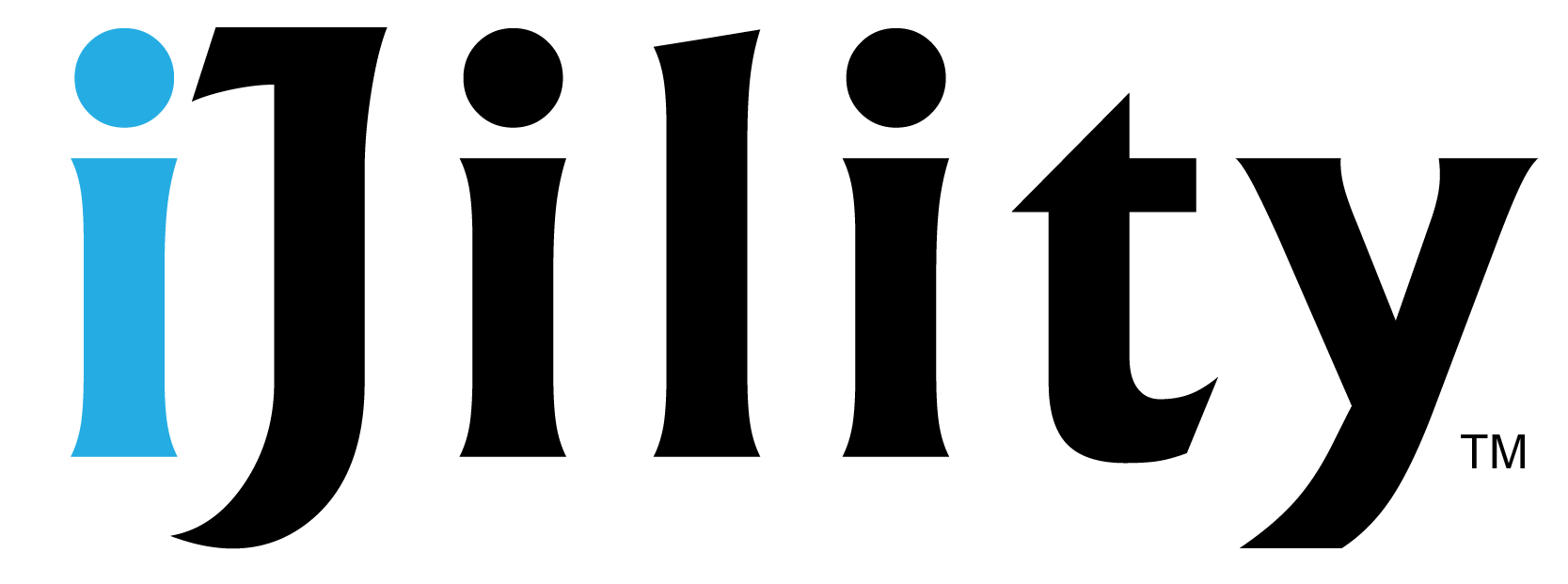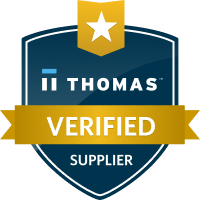
At iJility, we believe that the diverse expertise and insight of our team are the driving force behind our success. In our new blog series, Inside iJility: 10 Questions with Our Experts, we’re shining a spotlight on key leaders who help shape our company culture and industry to deliver real-world results. To kick things off, we sat down with Valentine Trent, a seasoned executive with over 30 years of experience in relationship management, business development, and strategic workforce solutions. Valentine’s journey into the staffing industry began with a temp-to-hire administrative role at a staffing agency—an opportunity that quickly evolved into a decades-long career spanning operations, sales, and ultimately, innovative workforce solutions. With a deep understanding of supply chain optimization, eCommerce, distribution, and manufacturing, she shares her thoughts on industry trends, challenges, and the future of workforce solutions.
1. Introduce yourself and tell us one little-known fact about you.
Valentine Trent, my maiden name is Hart, imagine growing up with that name your whole life. I am 1/4th Seneca Indian.
2. What does your typical iJility workday look like?
Meeting with prospective and current clients to discuss how our solutions can remove their staffing headaches while guaranteeing output, quality, and reduced direct labor costs.
3. How did you find your way into the workforce staffing industry in the first place?
I was job hunting when I came across a temp-to-hire administrative position at a staffing agency. While I was there, I noticed what they did and thought, “I can do that.” I asked them for a job, started as a temp in the office, and soon moved into operations. In that role, I screened, interviewed, and placed employees at client sites, primarily in the distribution and manufacturing sectors, which made up 95% of the market. Eventually, I transitioned into sales and spent nearly 20 years in the temp staffing industry. During that time, I uncovered the solutions I sell today – focused on a Cost Per Unit Model that aligns with clients’ financial and operational goals, rather than the traditional temp model of managing “heads and hours” in a building. It’s been a journey of growth and discovery, leading me to solutions that drive real value.
4. How has your approach to managing teams or clients evolved over your career?
My approach to managing teams and clients has evolved significantly over the course of my career, shaped by experience, changing dynamics, and continuous learning. From Task-Oriented to People-Centered.
Early in my career, I focused heavily on tasks and deliverables. Over time, I realized the importance of investing in relationships and understanding the unique strengths, needs, and motivations of individuals. Now, I prioritize building trust and creating an environment where both team members and clients feel valued and supported. I’ve learned the importance of flexibility. What works for one client or team member might not work for another. Tailoring my communication style, management approach, and solutions to fit their specific needs has become a cornerstone of my strategy.
Understanding the emotional and psychological aspects of leadership has been transformative. Listening actively, showing empathy, and addressing concerns thoughtfully have strengthened my relationships and enhanced collaboration. Management is never static. I’ve committed to learning from every experience—successes and failures alike. Seeking feedback, staying open to new ideas, and adapting to industry trends have kept my approach dynamic and effective. Ultimately, my evolution has been about moving from managing processes to inspiring and collaborating with people. By focusing on shared goals, mutual respect, and a clear vision, I’ve been able to build stronger teams and foster more meaningful client relationships.
5. Challenge a popular opinion about your industry.
“All staffing is the same”…this is NOT true! iJility is not temp help. The backbone of our organization lies in engineering, operations, and recruiting. iJility’s goals are aligned with our customers’ operational and financial goals.
6. What is a common strategy you see Operations teams using that is ineffective or flawed?
I see Operators and HR throwing headcount at a problem. More people are not always better when it comes to output, quality, and labor costs.
7. Is there something you think Operators get wrong with workforce staffing?
I think that COOs get it wrong when they are not open to considering forward-thinking ideas of how to partner with outside labor firms. Their impression of staffing is someone fogging a mirror and our programs do not operate that way. The COO can have a direct effect on productivity and cost reduction for labor if they are open to a long-term labor strategy.
8. How do you master client relationships and why do you consider it important?
Mastering client relationships takes work, you MUST prioritize communication, build trust through reliability, understand their needs, be a problem-solver, focus on long-term value, personalize the relationship, and continuously learn and improve. Client relationships are critical to me because they drive successful businesses. Trust drives loyalty & strong client relationships build trust, which fosters long-term loyalty. Clients are more likely to continue working with you and recommend your services to others when they trust you. A strong relationship allows for open communication and collaboration, leading to shared success.
When clients grow, you grow with them. Creating a competitive advantage in industries where services and products can be similar, the strength of your client relationships often sets you apart. Exceptional relationships create a unique value that competitors can’t replicate. Problem-solving becomes much more successful when clients feel comfortable being candid, you can address issues more effectively and tailor solutions that truly meet their needs. This can also create increased business opportunities. Happy clients often lead to repeat business, cross-selling opportunities, and referrals. Building relationships isn’t just about retention—it’s about expansion. Positive client relationships make work more rewarding. Knowing you’ve made a meaningful impact on someone’s success creates a sense of accomplishment and pride.
Mastering client relationships is about creating value, building trust, and forging partnerships that stand the test of time. It’s not just important—it’s essential for sustainable success.
9. How do you foresee the workforce industry evolving in the next 3-5 years?
AI and Robotics Integration will be BIG. Routine and repetitive tasks will continue to be automated, with AI and robotics playing a larger role in industries like manufacturing, logistics, and customer service. This shift will require workers to adapt to roles that involve supervising, maintaining, and optimizing these technologies. AI-driven tools for talent acquisition, performance management, and workforce planning will become more prevalent, making hiring and workforce management more efficient. As technology changes job requirements, companies will focus on reskilling and upskilling their employees to close skills gaps.
Training programs in areas like data analytics, AI, and advanced manufacturing will be essential to prepare workers for emerging roles. Public-private partnerships may emerge to fund large-scale training initiatives, ensuring broader workforce readiness. Many traditional roles will transform, with new positions emerging in fields like AI ethics, renewable energy, and cybersecurity. The healthcare and green energy sectors are expected to see substantial growth, creating demand for specialized talent. In my opinion, within the next 3-5 years, the workforce industry will be shaped by a combination of technological innovation, human-centered approaches, and evolving global dynamics. Success will hinge on adaptability, continuous learning, and a strong focus on people.
10. How will technology and AI change the future?
Regarding my industry – AI and technology will not replace human labor but will redefine it. By automating routine tasks, enhancing decision-making, and fostering innovation, supply chain labor will become more strategic, adaptive, and impactful. Workers will focus on creative problem-solving and strategic management, supported by technology that amplifies their capabilities.
About iJility
iJility specializes in workforce solutions and operational strategies tailored to supply chain logistics, manufacturing, and more. We partner with businesses to optimize distribution and navigate complexities like tariffs.
Schedule a discovery call today to explore how we can help you thrive in a rapidly changing workforce landscape.
Author: iJility


